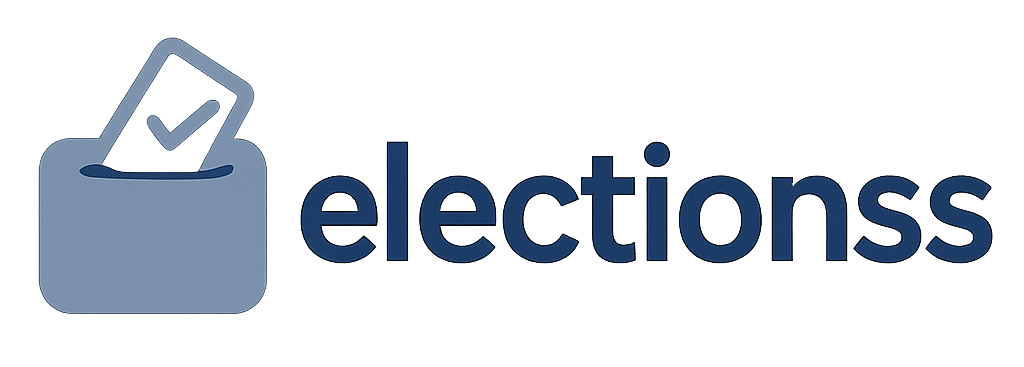US Stock Market Opens Flat as Anticipation Grows for US-China Trade Talks

The US stock market opened flat on September 9, as investors await the outcome of the US-China trade negotiations taking place in London. According to US financial media CNBC, as of 10:20 AM ET, the S&P 500 index was slightly up by 0.07%, the Dow Jones Industrial Average was down by 0.3%, the Nasdaq index had risen by 0.39%, and the Philadelphia Semiconductor index increased by 2.4%.
In individual stocks, NVIDIA rose by 1.74%, Tesla fell by 0.5%, Apple increased by 0.81%, Google climbed by 1.35%, Meta was up by 0.64%, and Taiwan Semiconductor Manufacturing Company’s ADR advanced by 1.53%. US and Chinese trade officials held negotiations in London on September 9, following a phone call last week between President Trump and President Xi Jinping, as both sides strive to avoid a large-scale trade war.
Last month, both countries agreed to temporarily lower tariffs during the trade talks. The three major stock indexes had previously risen for two consecutive weeks, with the S&P 500 closing above 6000 points on Friday for the first time since February 21, now less than 3% from its historical closing high. Chris Verrone, chief market strategist at Strategas, indicated that this rebound shows many traders and investors' concerns over tariffs and the US economy are easing, with overall market sentiment remaining quite positive.
Although the overall data appears slightly weak, cyclical stocks reached new highs, and defensive stocks also point to a relatively healthy economy. CNBC predicts that inflation data will be a key topic for the stock market this week, with the latest consumer price index set to be announced on Wednesday and the producer price index on Friday, as investors will analyze the impact of tariffs on the economy. The University of Michigan will also release its latest consumer sentiment index on Friday, which will include data such as inflation expectations.




